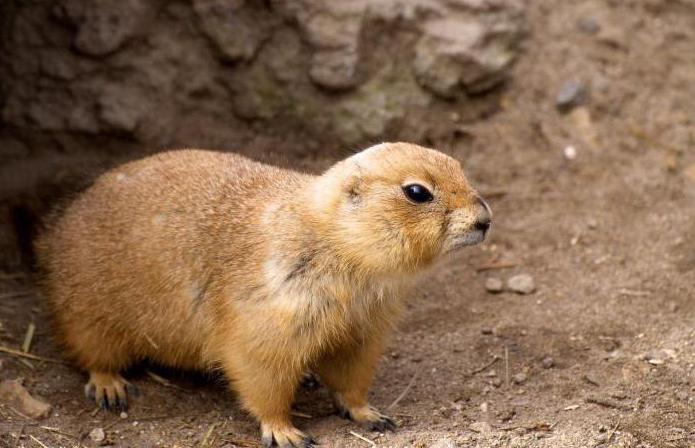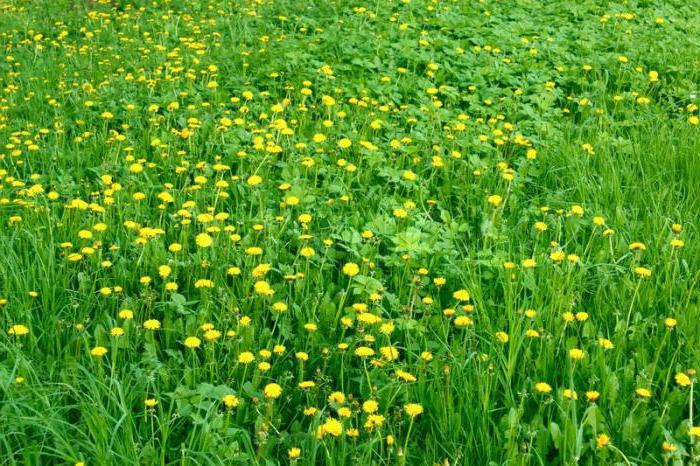What is an ecological niche: an example. Description of the ecological niche of the body: examples
Being one of the sections of ecology, synecologystudies the relationships between individuals of populations of different species and their adaptability to environmental conditions. Ecologists have established that organisms entering into living communities are tied to certain spatial coordinates in which they interact with each other and parts of the biosphere: water, soil, and atmosphere.

This place in biogeocenoses has a name -ecological niche. The examples considered in this article are intended to prove that it is inherent in every biological species and is a consequence of the interaction of the organism with other individuals and environmental factors.
Ecological characteristics of the species
All without exception, biological species in the processphylogenesis adapt to specific abiotic factors. They limit the habitat of the population. How the community of organisms interacts with living conditions and with other populations makes up its ecological characteristic, the name of which is an ecological niche. Examples of animals whose life cycle occurs in different spatial and trophic areas of the biogeocenosis are dragonflies that are of the type Arthropods, the class Insects. Adult individuals - imago, being active predators, have mastered the air cover, whereas their larvae - naiads, breathing gills, are hydrobionts.

Characteristics of the ecological niche of species
Author of the classic work "Fundamentals of Ecology" Yu. Odum proposed the term "ecological niche", which he uses to study the biotic relationships of the population at all levels of its organization. According to the scientist, the position of the individual in living nature, that is, its life status - is an ecological niche. An example illustrating this definition is a community of plants called pioneers. They have special physiological and vegetative properties, allowing them to easily conquer free territories. These include ground reed grass, wild grass creeping, white mar. They form primary biocenoses, which change over time. Odum called the place of the organism in nature its address, and the image of life activity - a profession.
The model of J. Hutchinson
Let us turn again to the definition of the term«Ecological niche». An example illustrating it is the white-tailed deer, whose life cycle is connected with the sub-space - thickets of perennial bushes. They serve the animal not only as a source of nutrition, but also as a protection. Hutchinson's model of the hyperbolume of the biogeocoenosis site is the cell of life support for the individual of the population. In it, organisms can live for a long time, avoiding the limiting factors of the environment. Research scientist, conducted by him on the basis of the created mathematical model, give an idea of the optimal boundaries of the existence of communities of living organisms in ecosystems.

The Gause principle
It is also called the rule of competitionexceptions and is used to describe the two forms of struggle for existence - intraspecific and interspecies, studied in the 19th century by Charles Darwin. If the populations have overlapping needs, for example, trophic (that is, the total food base) or spatial (overlapping habitats - areals) on which their numbers depend, then the coexistence time of such communities is limited. This in the end result will lead to expulsion (crowding out the less adapted population) and the resettlement of more adapted and rapidly multiplying organisms of another species.
For example, individuals of the species Gray rat graduallydrove out populations of black rats. They are now few in number and live near water bodies. Three parameters characterize the concept of "ecological niche". An example explaining this statement was considered earlier, namely: the species Gray rat settled everywhere (spatial location), it is omnivorous (food ration) and hunts both during the day and at night (the division of activity in time).

Another example that characterizes the rulecompetitive exclusion: the first settlers who came to Australia, brought with them populations of European bees. In connection with the development of beekeeping, the number of these insects increased sharply, and they gradually replaced the native Australian bee from the range of its habitat, which put this species on the verge of extinction.
A similar case occurred with populations ofThe rabbit, brought by the same pioneers of the continents. The abundance of food, excellent climatic conditions and lack of competition led to the fact that individuals of this species began to capture the habitats of other populations and multiplied in such quantities that they began to exterminate crops of agricultural crops.
The place of biological species in the ecosystem
Let's continue to answer the question, what isecological niche. The example giving the most complete answer is the life status of the clover meadow plant. The distribution area is Europe, North Africa, Central Asia. Populations grow optimally on sufficiently moist meadows, at temperatures of +12 ... + 21 ° С. They form perennial motley grass or forest litter and are producers in the biogeocenosis supply chains.
The doctrine of ecological niche
It includes the notion of multidimensionalitya part of the ecosystem space that has certain parameters of abiotic factors and provides various forms of interaction between the population and individuals of other species: competition, parasitism, commensalism, etc. The aforementioned characteristics of the biogeocoenosis give a fairly complete description of the ecological niche of the organism. Examples of the life of animals belonging to the family of rodents (gophers, gerbils, jerboas), occupying the ranges of steppes and semi-deserts, are adapted to a sharp fluctuation of day and night temperatures. Feeding on scanty vegetation, they themselves serve as food for large animals and birds: foxes, eagles, peregrine falcons, owls.

Optimum and real space of existence of the population
Recall that the set of links of organisms withindividuals of other populations and with environmental conditions - this is an ecological niche. The example of soil bacteria-saprotrophs, feeding on dead organic matter and purifying the earth, and also improving its agrochemical properties, confirms the fact of formation of a large number of biotic bonds with other inhabitants of the soil: insect larvae, plant roots, fungi. The vital activity of soil bacteria directly depends on the temperature and humidity of the soil, its physico-chemical composition.

Other inhabitants - nitrifyingbacterium-hemotrophs - form stable biotic bonds with populations of plants of the legume family: alfalfa, vetch, lupine. All listed parameters, both biotic and environmental conditions, constitute the realized ecological niche of bacteria. It is part of a potential (fundamental niche) biogeocenosis, which is a complex of optimal conditions in which the species could exist indefinitely.
Rules for compulsory filling multidimensional part of the ecosystem
If the biogeocenosis has undergone a sharp impactextreme abiotic phenomena, for example, fires, floods, earthquakes or negative human activity, some of its plots become free, that is, deprived of previously inhabited populations of plants and animals. The emergence of new life forms - succession - leads to a change in that part of the biogeocoenosis, whose name is the ecological niche of plants. Examples of its settlement after a fire indicate that one-two-year herbaceous plants with high vegetative energy come to replace the broadleaf forest: cyprus, ivan-tea, coltsfoot and others, that is, the liberated part of the area is immediately populated with populations of new species.

In this article we have studied in detail suchconcept, as an ecological niche of the body. The examples examined by us confirm that it is a multidimensional complex adapted for optimal habitat conditions for populations of plants and animals.
</ p>


